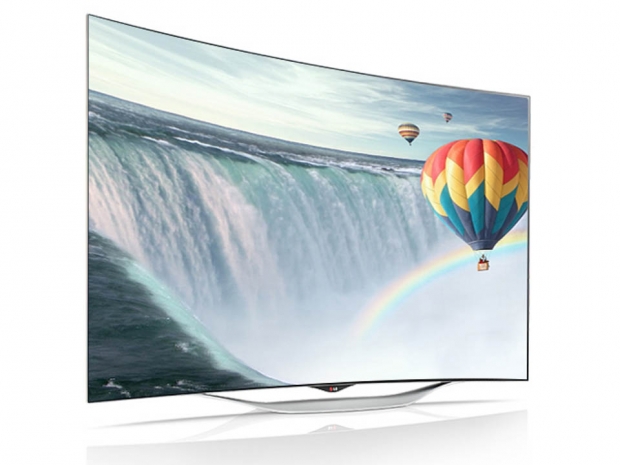Last year, international vendors shipped approximately 260 million OLED panels worth $11.7 billion dollars, according to South Korea-based UBI Research. The number is expected to reach 370 million units by the end of 2016, growing the industry’s value to $16.8 billion. In three years from now, by 2020, the number of shipments is then expected to reach 1.25 billion units, catapulting the market’s shipment value to $61.4 billion respectively.
The PIDA report notes that three advanced display technologies are currently being adopted by leading international vendors alongside OLED – they include Micro LEDs, Quantum Dot LEDs and printing displays (flexible OLED panels).
Some of the first quantum-dot based panels were announced in early 2015, featuring nanoscale particles that use varying electric charges to produce deeper shades of color. The QD film is located between LED backlights and the LCD panel, giving displays a significant increase in color accuracy over traditional LED-backlit displays.
Micro LEDs are an emerging technology mostly aimed at small, low-energy devices as an alternative to OLED, though as of 2016 they have not been mass produced or commercialized. Though mass production isn’t scheduled to begin until 2018, an August report from MacRumors suggests that Apple may use OLED technology briefly for its upcoming iPhone lineups prior to switching to mLED panels.
Last week, we wrote that LG has begun supplying foldable OLED panels to several major vendors including Apple, Microsoft and Google for use in upcoming smartphone devices. Though early prototypes have already surfaced, mass production of “out-foldable” displays is likely to only benefit the smartphone market unless vendors come up with some creative way to market foldable televisions sets, which seems unlikely.




